David Bowie (1947 – 2016) brought so much to the table at the feast of rock and roll. He was perceived as an alien, yet the reality is that of a musical innovator and all-round friendly guy. Even several years after his death, Bowie’s absence is keenly felt.
Born in Brixton, his real name was David Robert Jones. He was the child of Margaret, a waitress, and Haywood, a charity worker. The young Jones took his iconic name from the Bowie knife, associated with James Bowie the 19th century pioneer.
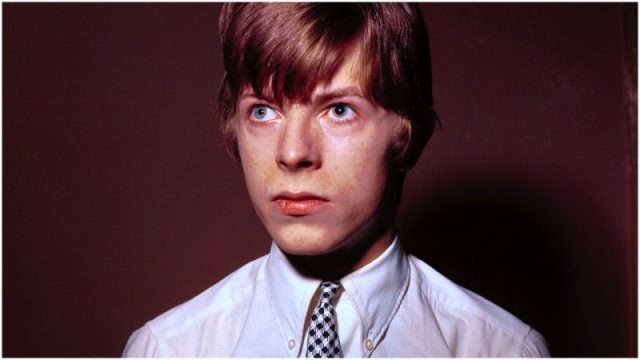
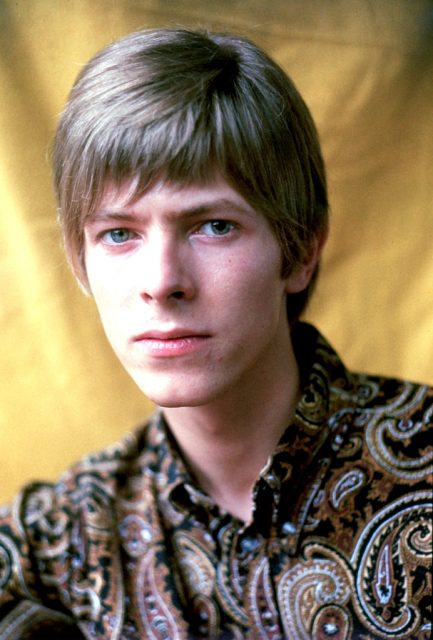
But the changes didn’t end there. His show business persona was constantly adapting, and this need to evolve would inform his entire career. Bowie wasn’t an overnight success. It took him a while to find his groove, quite literally. But when he did hit the big time, it was under another identity.
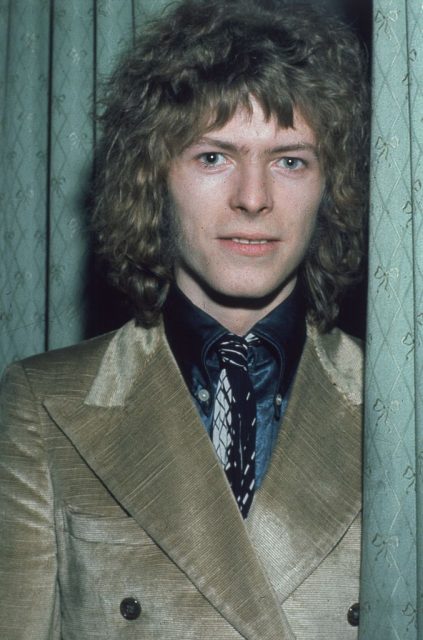

When his self-titled 1967 debut album failed to catch fire, he reinvented himself, studying dance and drama under the tutelage of influential artist Lindsay Kemp.
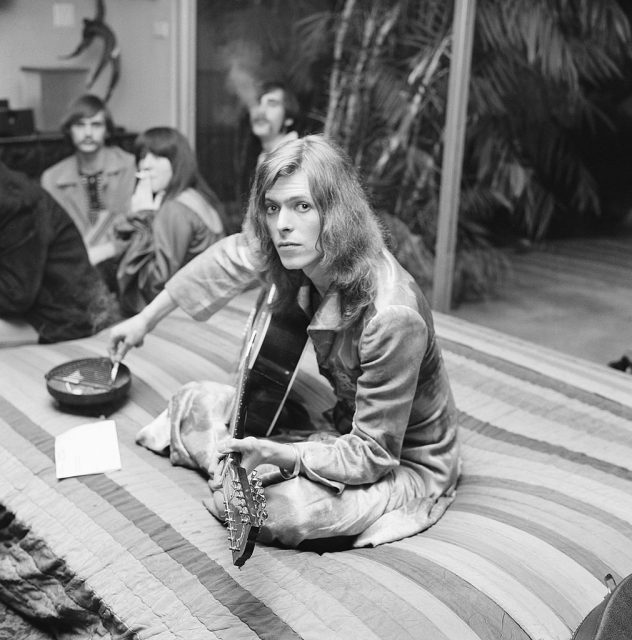
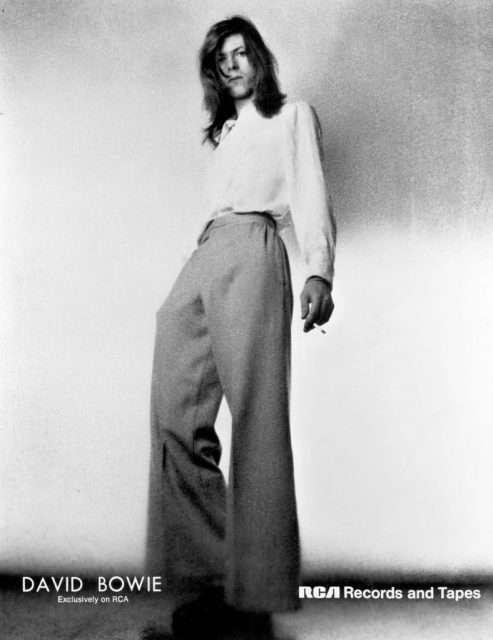
Inspired by the business of character creation, he went on to portray infamous rock star Ziggy Stardust, central figure of 1972 release The Rise and Fall of Ziggy Stardust and the Spiders from Mars. Biography.com wrote that the flamboyant and tragic Stardust “signaled a new age in rock music, one that seemed to officially announce the end of the 1960s and the Woodstock era.”
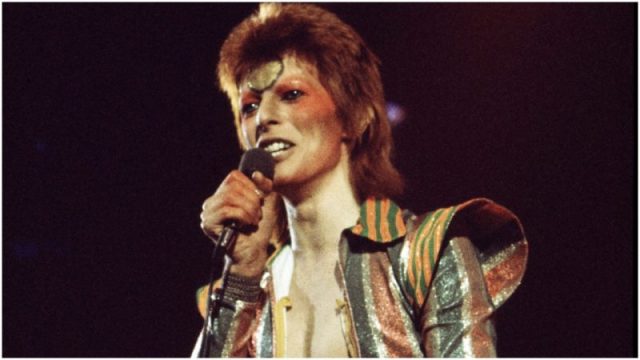
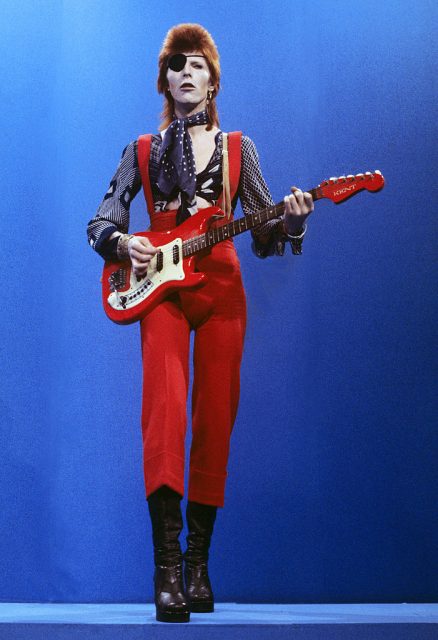
For Bowie, a brilliant but self-deprecating performer who found it difficult appearing as himself, Ziggy was a perfect solution. He drew on various influences for the character’s look. “I mean he was half out of sci-fi rock and half out of the Japanese theater,” he told PBS. “The clothes were, at that time, simply outrageous.”
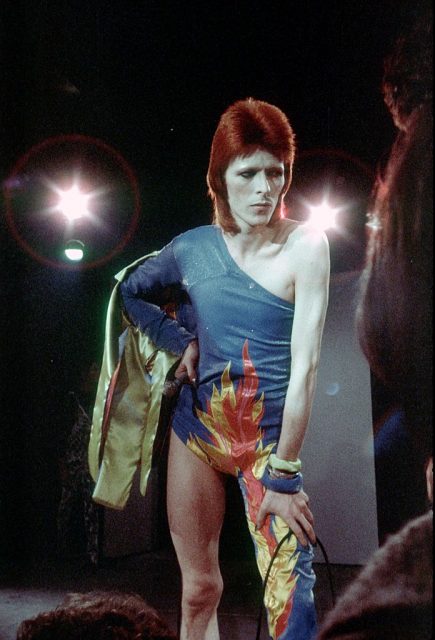
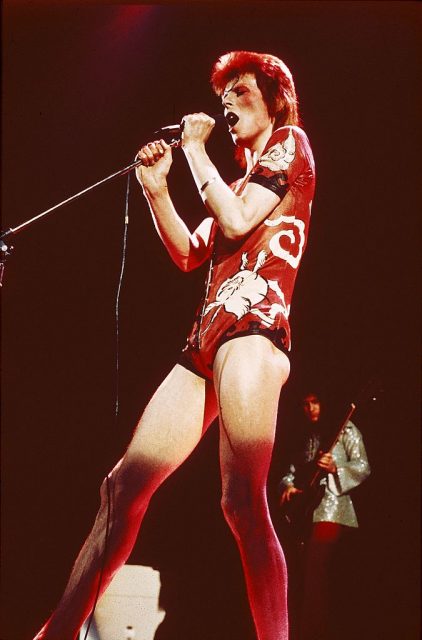
The road to Ziggy Stardust began back in 1969 with Space Oddity, a track inspired by Stanley Kubrick’s 2001. It focused on an astronaut called Major Tom who would recur through Bowie’s subsequent work. In 1996 he remixed the song Hallo Spaceboy with the Pet Shop Boys, who suggested he include Space Oddity lyrics in the recording. Bowie agreed and gave a new lease of life to the stranded character. Despite the star’s shifting trajectories over the years, these fictional creations were clearly a part of him.
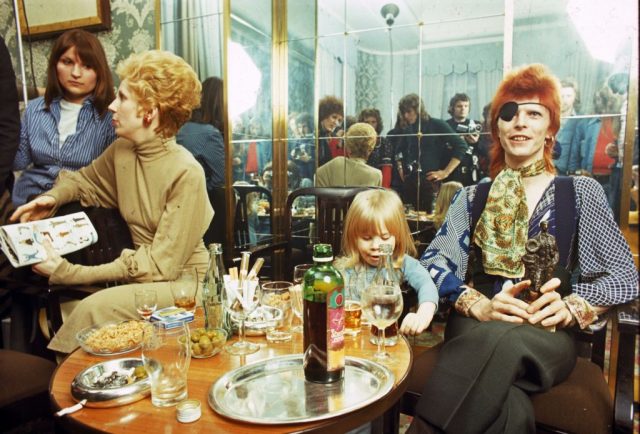
Aladdin Sane was an extension of the Stardust persona. Notable for the lightning streak across his face, he adorned the cover of Bowie’s 1973 album of the same name.
The singer’s explanation of the image was typically off-beat: “I thought he would probably be cracked by lightning,” he said to Rolling Stone. “Sort of an obvious-type thing, as he was sort of an electric boy.” A teardrop was added by photographer Brian Duffy to complete the much-copied look.
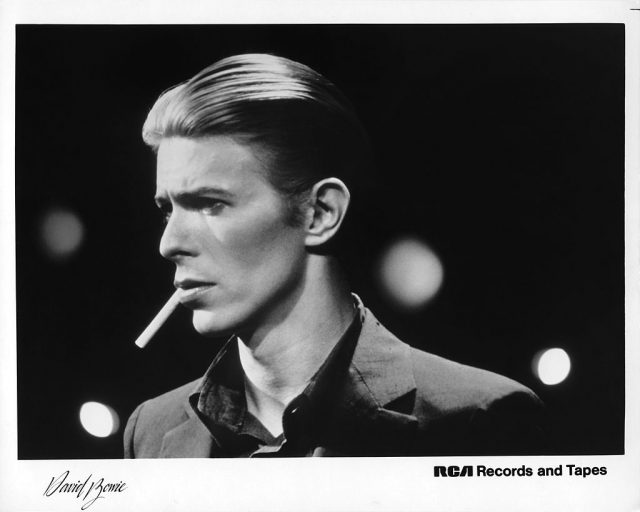
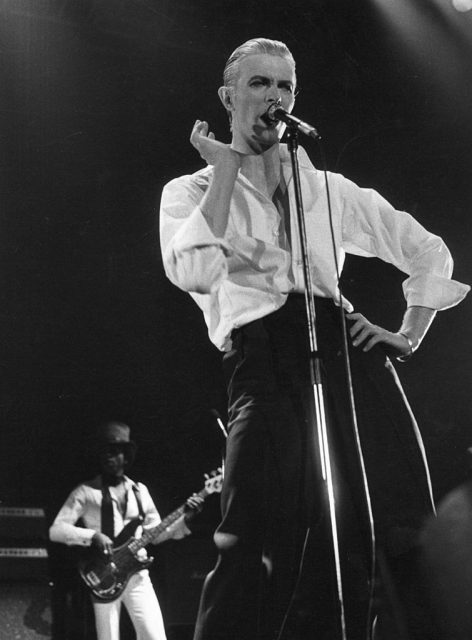
Sci-fi themes were a constant of Bowie’s time on this planet. His approach to music was often compared to that of an actor, so it made sense he was cast in Nicolas Roeg’s The Man Who Fell To Earth (1976). The movie followed an extraterrestrial visitor, who tries to save his home world with humanity’s help and winds up losing everything in the process. He later revisited the character for his musical Lazarus, which starred Dexter’s Michael C. Hall in the lead role.
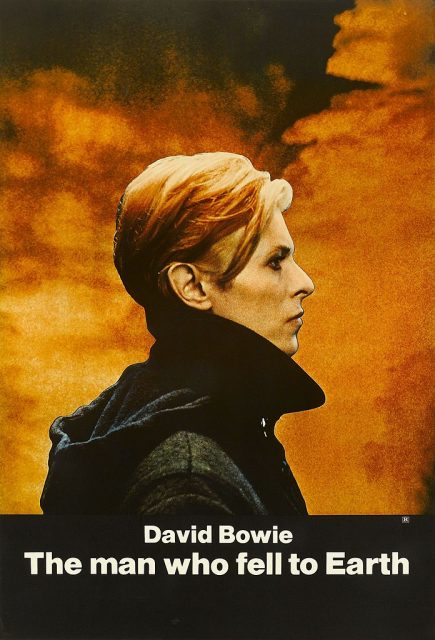
It wasn’t all face paint and glitter. From 1975 – 76 Bowie took on what appeared to be a relatively human character for his album Station to Station, though he was given the memorable title of the Thin White Duke.
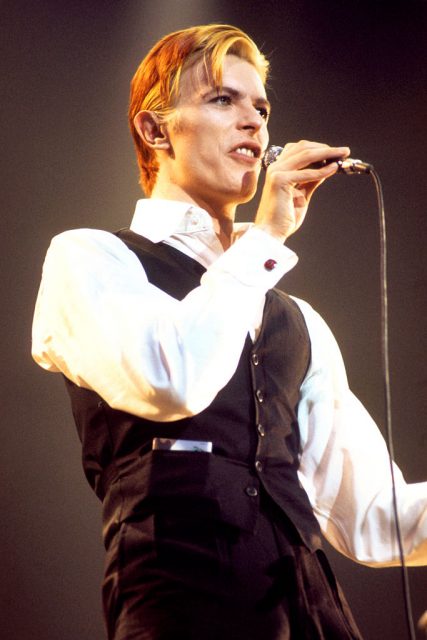
Bowie trod a fine line between world famous musician and cult favorite. These 2 areas were occupied when he took the role of Goblin King in Labyrinth (1986). The movie, directed by Jim Henson, saw the man who fell to earth working alongside puppets who rose from the floor. It wasn’t a box office success but went on to become a big part of many people’s childhoods.
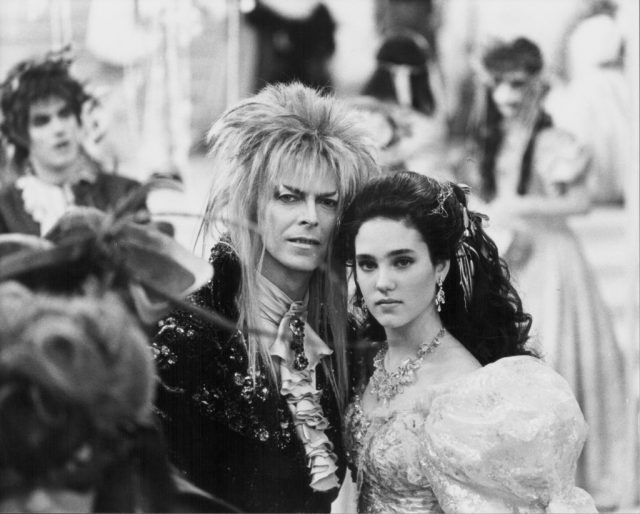
Chatting to Syfy.com, Brian Henson – who worked on the film – said of Bowie, “he played this wonderful role where he’s kind of making fun of the personality of a rock star. He plays this overly flamboyant, spoiled rotten, self-centered King of the Goblins…. I think he knew he was kind of making fun of himself, in a fun way.”
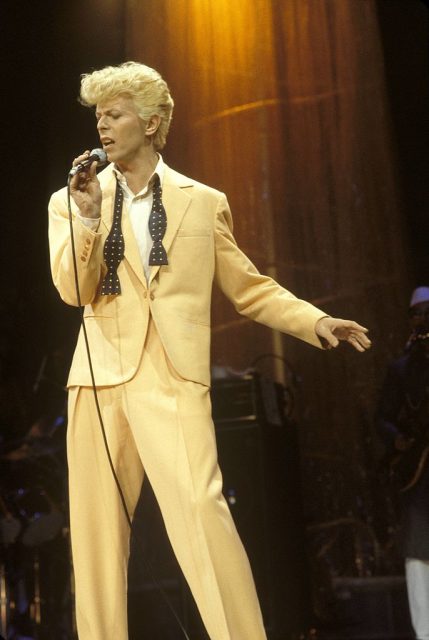
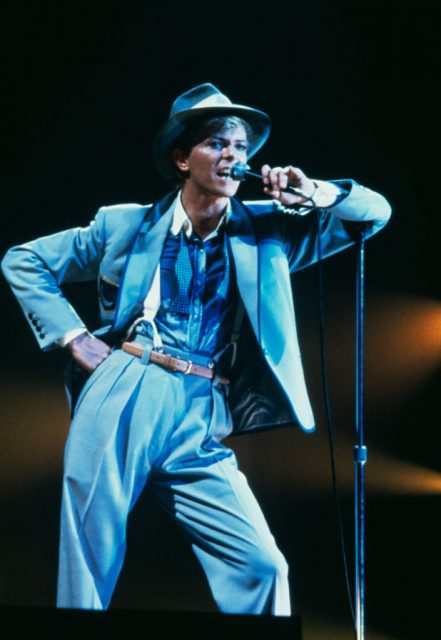
This self-mockery appeared to come easily to Bowie. In his PBS interview, he revealed feelings of “inadequacy”, which the invention of Ziggy Stardust helped address. He also referred to himself as a “moderately good” singer who was more comfortable writing for others than himself. That certainly explains his reliance on such memorable characters.
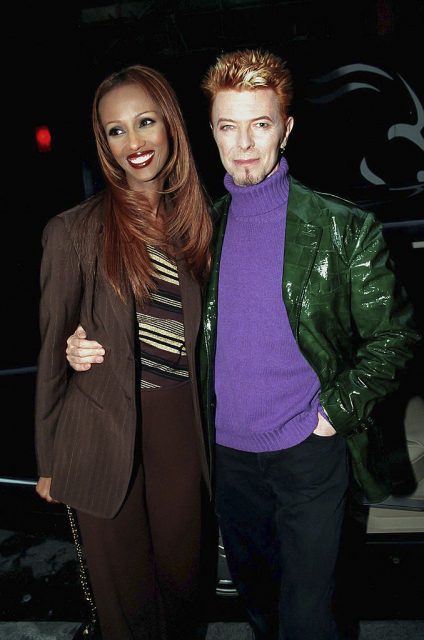
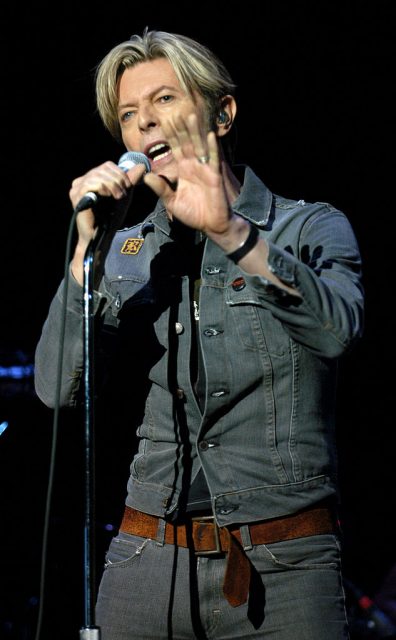
Ultimately he showed bravery throughout his creative and personal life. Some could argue David Bowie hid behind a variety of masks. But he also took musical risks and wasn’t afraid to fail. That’s what made him who he was, and what makes him such an inspiration to successive generations of artists.
Related Article: The Awkward Reason why David Bowie Refused the Role of a Bond Villain
After having fallen to Earth the chameleon spaceboy David Bowie left this Earth on January 10, 2016 just after releasing his final album Blackstar.
